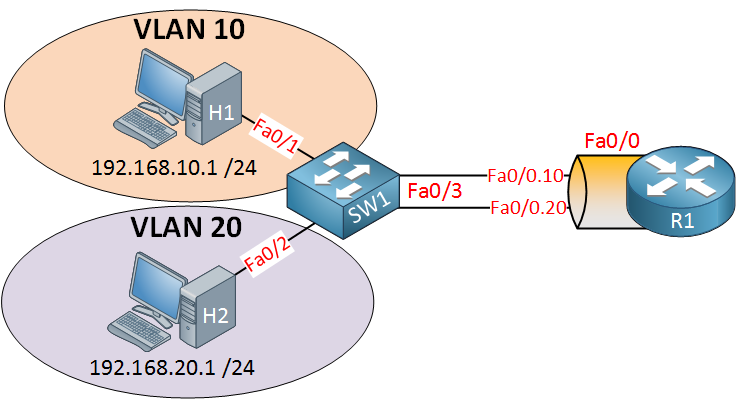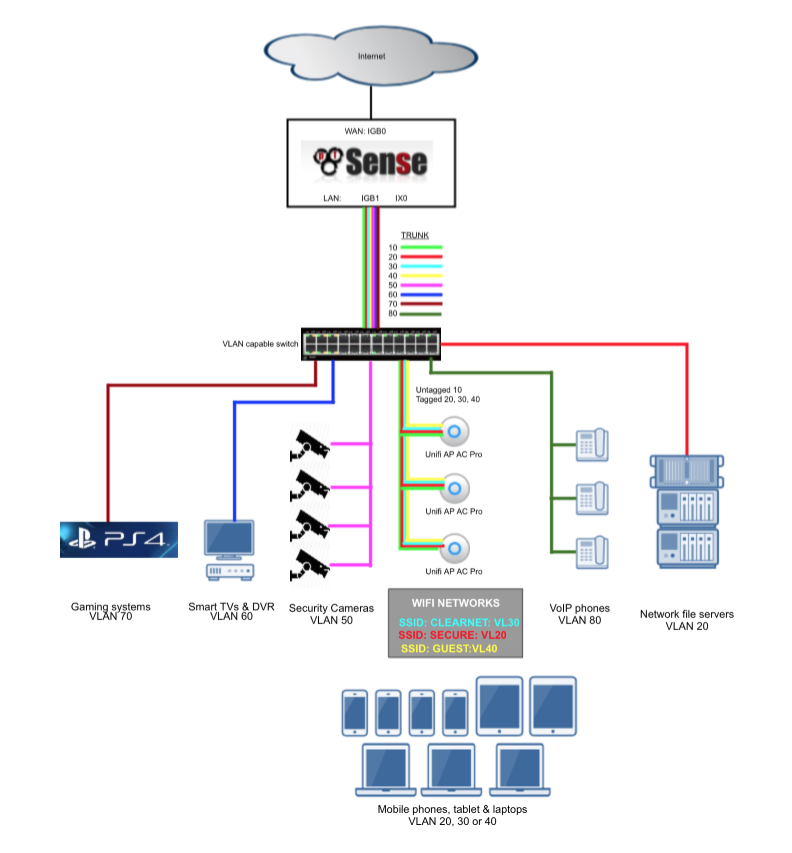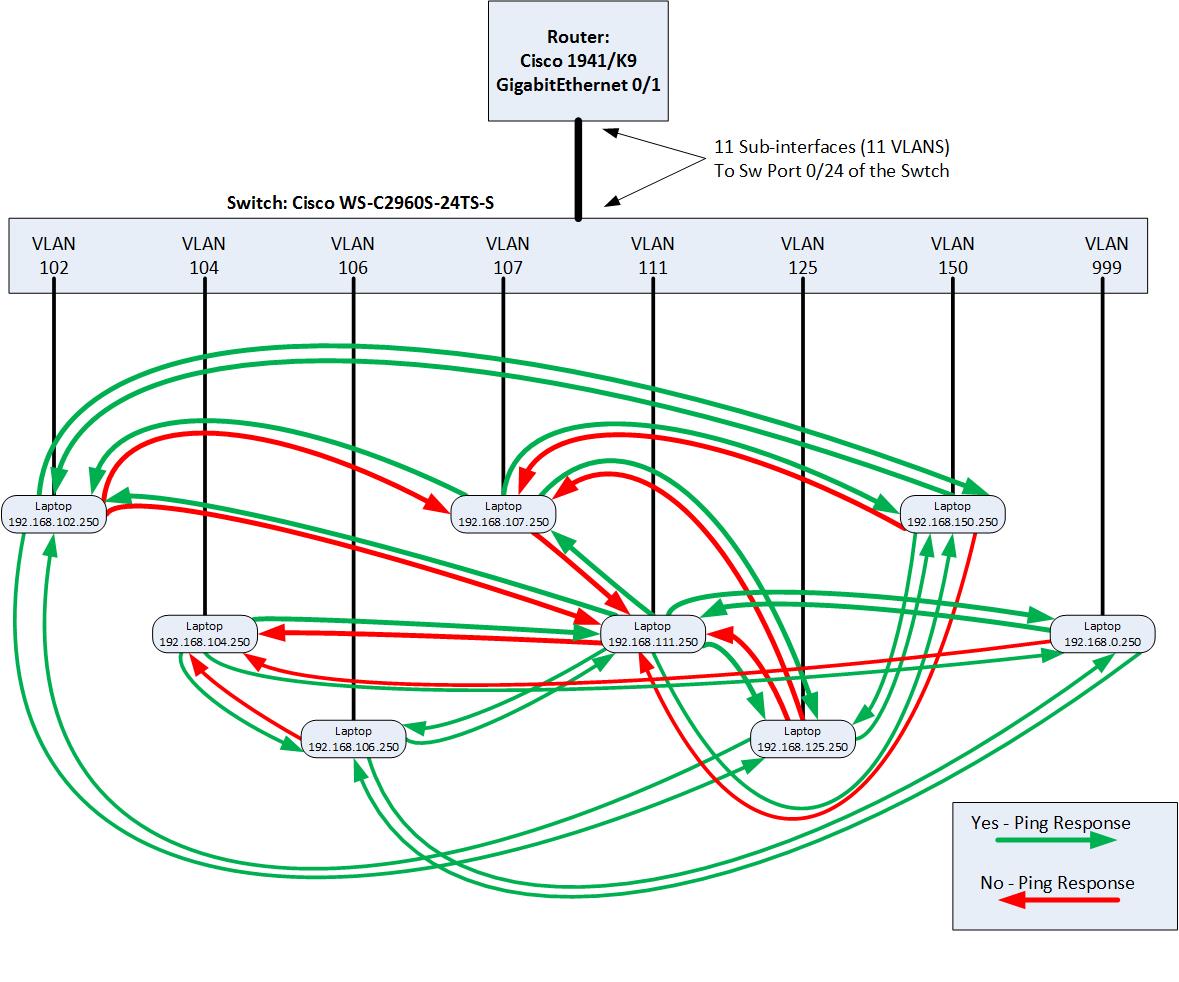

Router 2501E sees the packet on its incoming interface with a SA of 171.68.16.10 and a DA of 171.68.1.1. After translation, Router 2514X looks for the destination in the routing table, and routes the packet. In this case, the address is translated to 171.68.16.10 which is the first available address in the NAT pool. Notice that the ip nat outside source list command references the NAT pool "Net171". Because the SA is permitted in access-list 1, which is used by the ip nat outside source list command, it is translated to an address from the NAT pool Net171. On the outside interface of Router 2514X, the packet has a source address (SA) of 172.16.88.1 and a Destination Address (DA) of 171.68.1.1. The Router 2514W forwards the packets to Router 2514X because it is configured with a default route. When ping is sourced from the Router 2514W Loopback0 interface (172.16.88.1) to the Router 2501E Loopback0 interface (171.68.1.1), this occurs:

Note: To find additional information on the commands used in this document, use the Command Lookup Tool ( registered customers only). In this section, you are presented with the information to configure the features described in this document. Conventionsįor more information on document conventions, refer to Cisco Technical Tips Conventions. If your network is live, make sure that you understand the potential impact of any command. All of the devices used in this document started with a cleared (default) configuration. The information in this document was created from the devices in a specific lab environment. However, the information in this document is based on these software and hardware versions:Ĭisco IOS ® Software Release 12.2(24a) running on all the routers This document is not restricted to specific software and hardware versions. There are no specific requirements for this document. Let us consider the network diagram as an example.

This command is useful in situations such as overlapping networks, where the inside network addresses overlap addresses that are outside the network. This action translates the destination address of the IP packets that travel in the opposite direction-from inside to outside of the network. You can use this command to translate the source address of the IP packets that travel from outside of the network to inside the network. This document provides a sample configuration with the ip nat outside source list command, and includes a brief description of what happens to the IP packet during the NAT process.


 0 kommentar(er)
0 kommentar(er)
